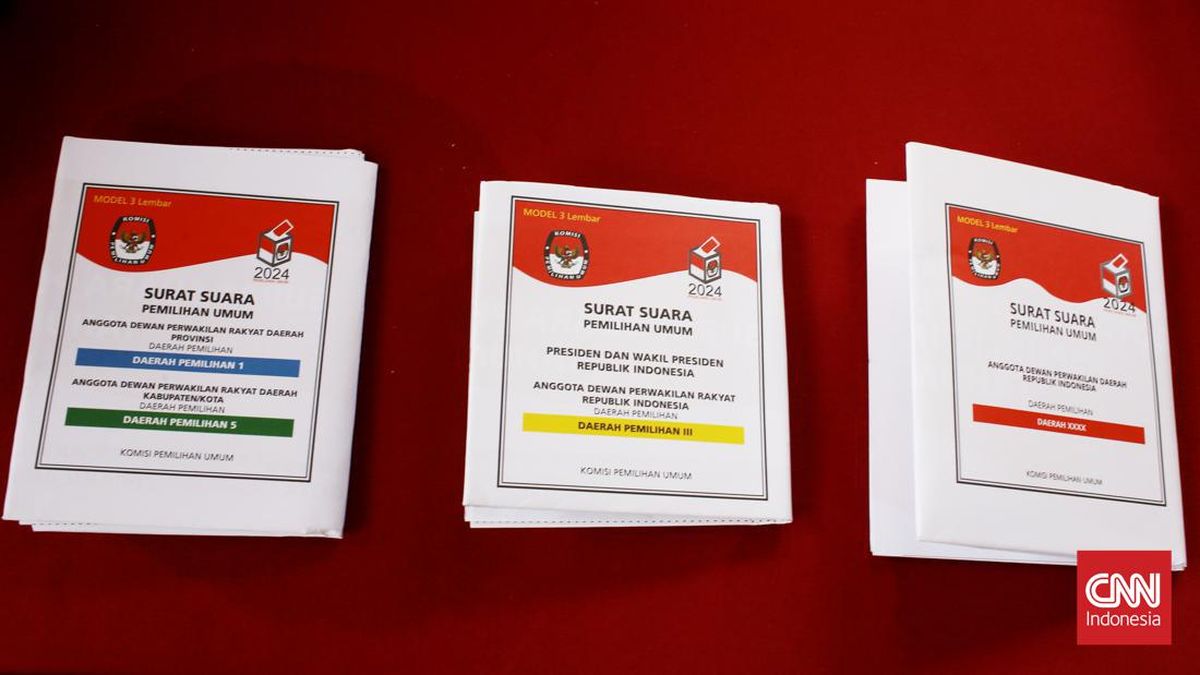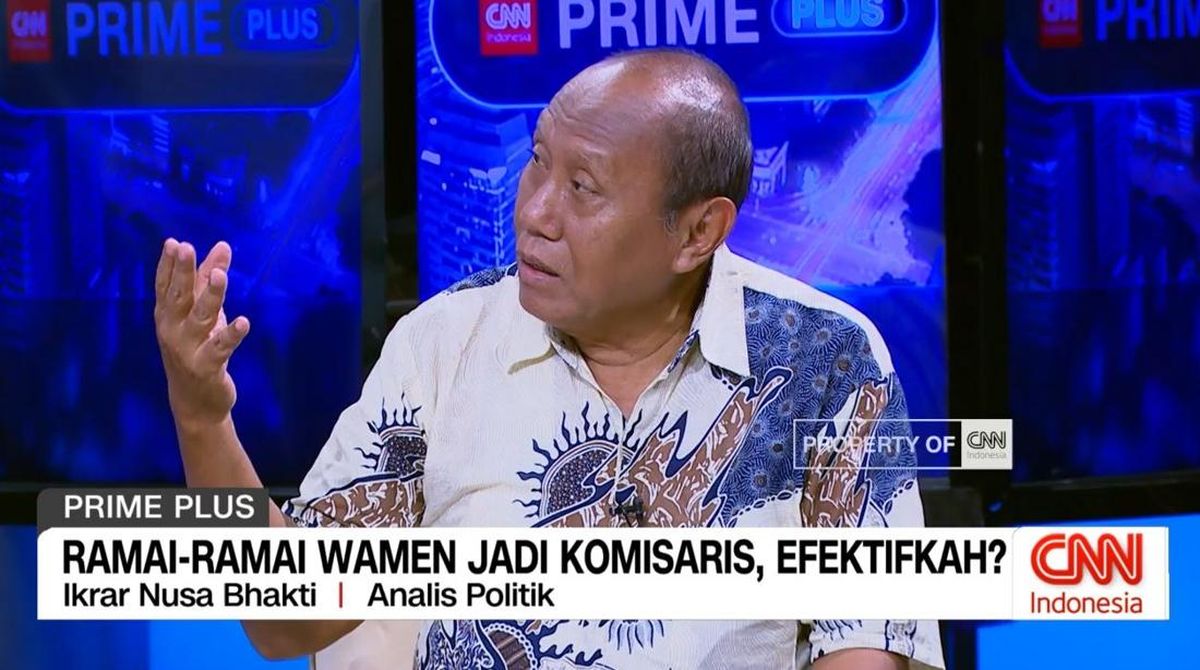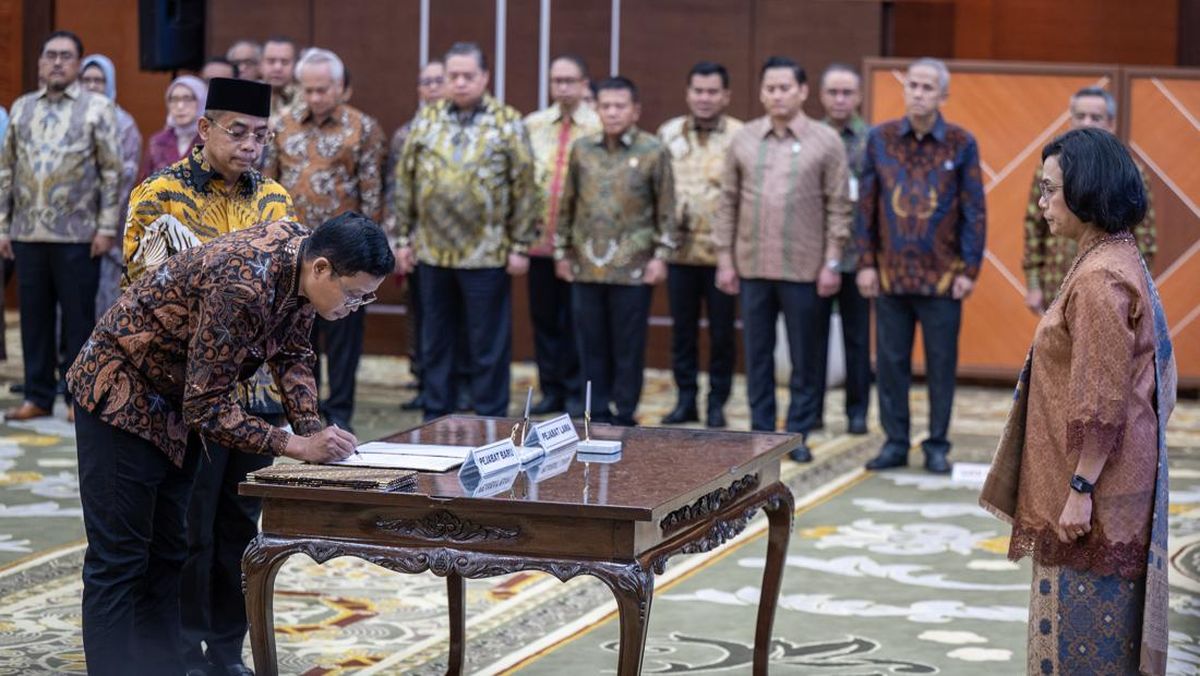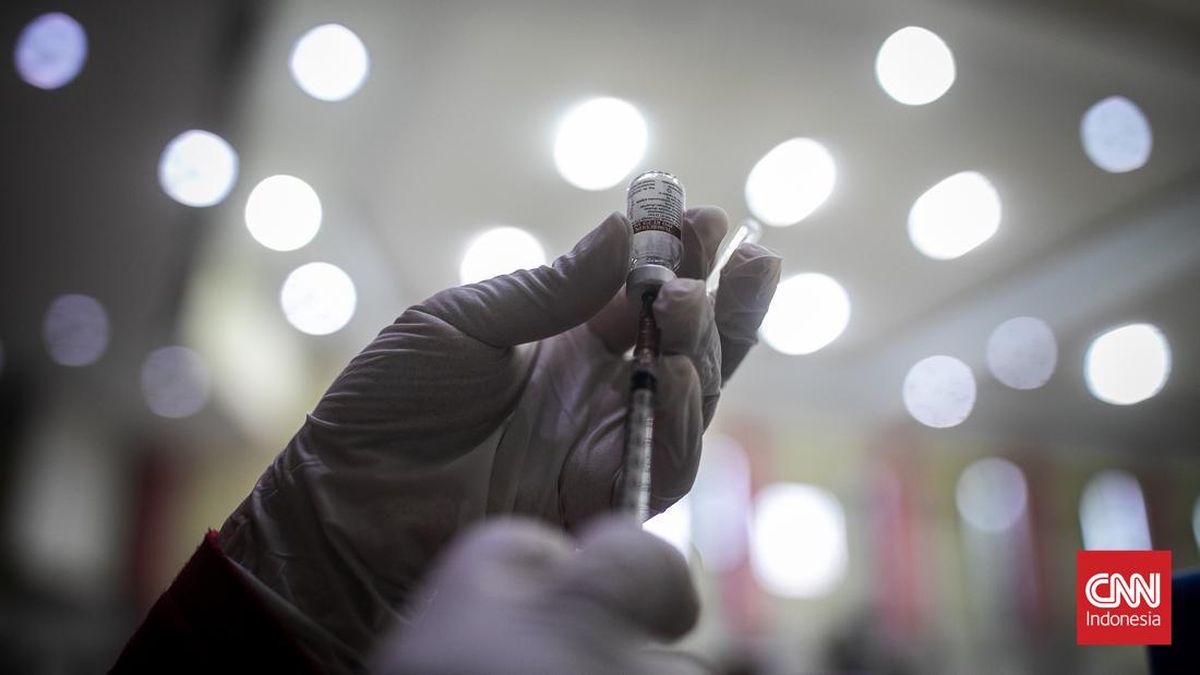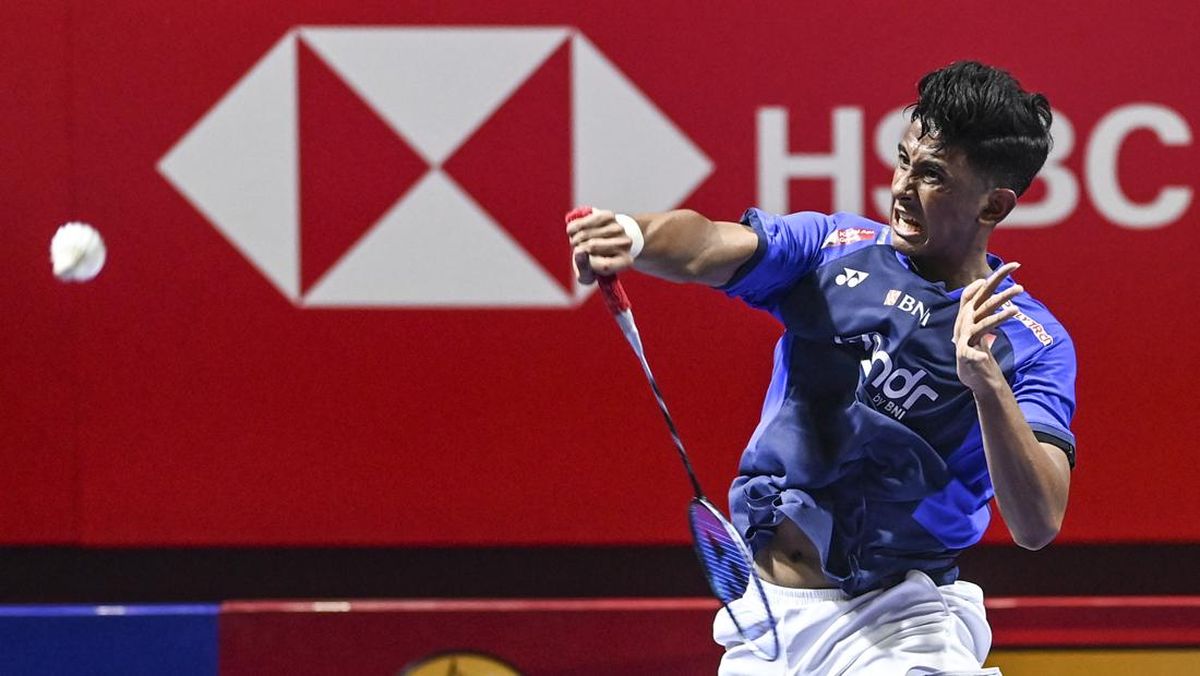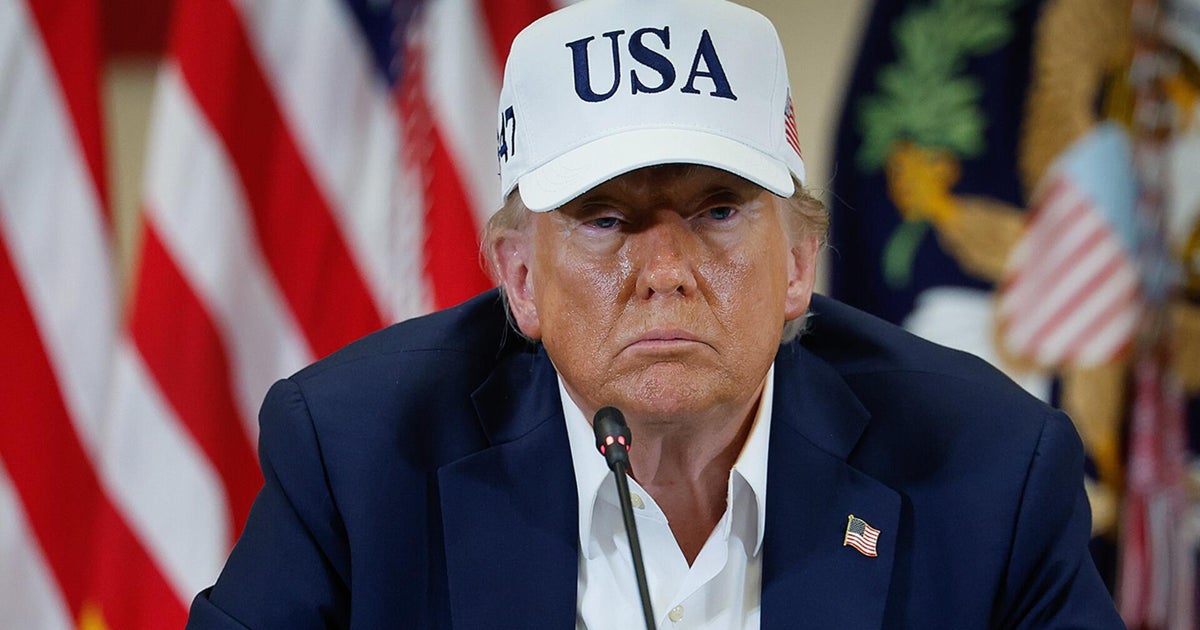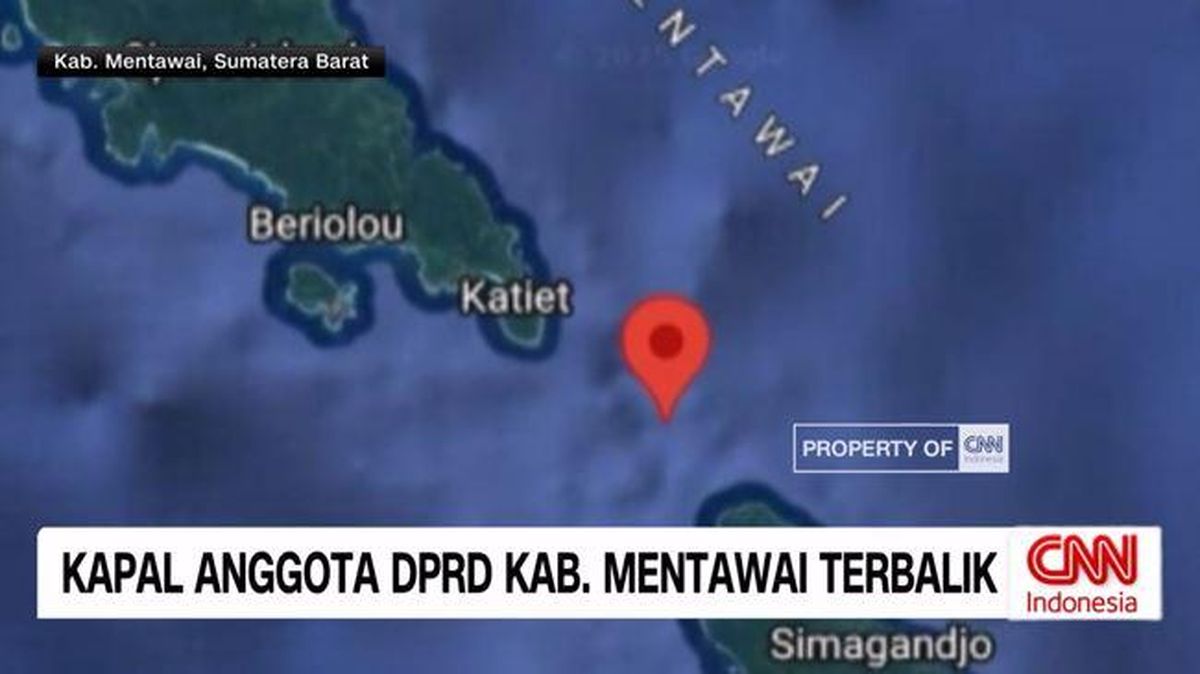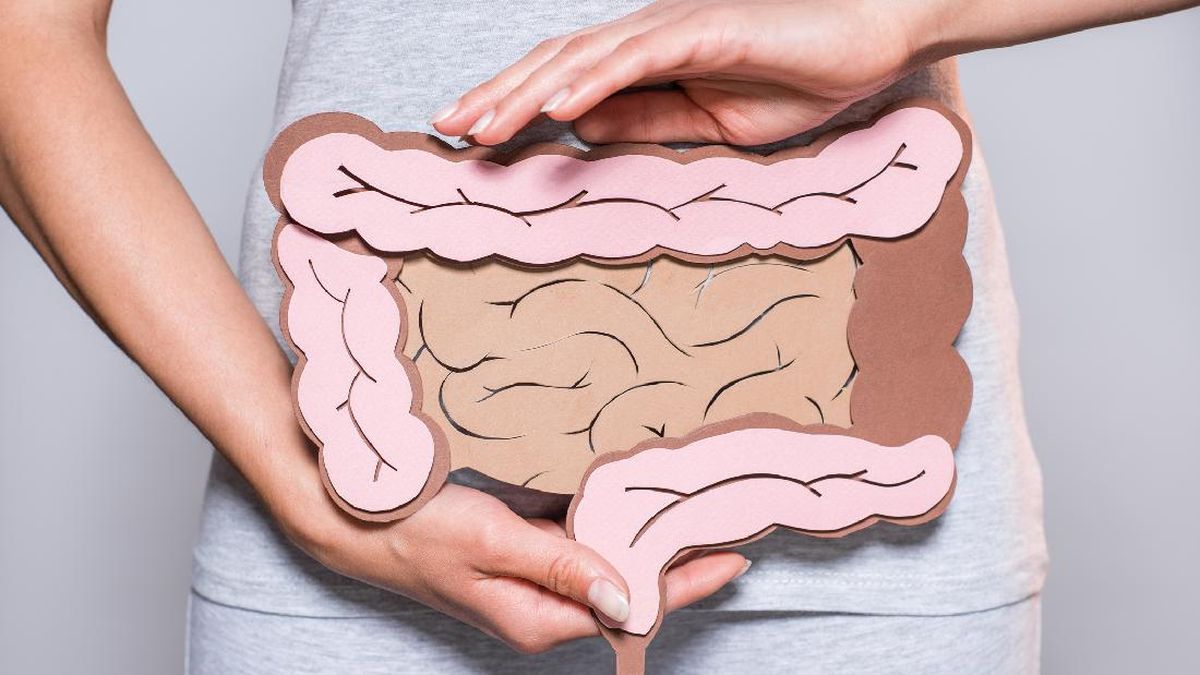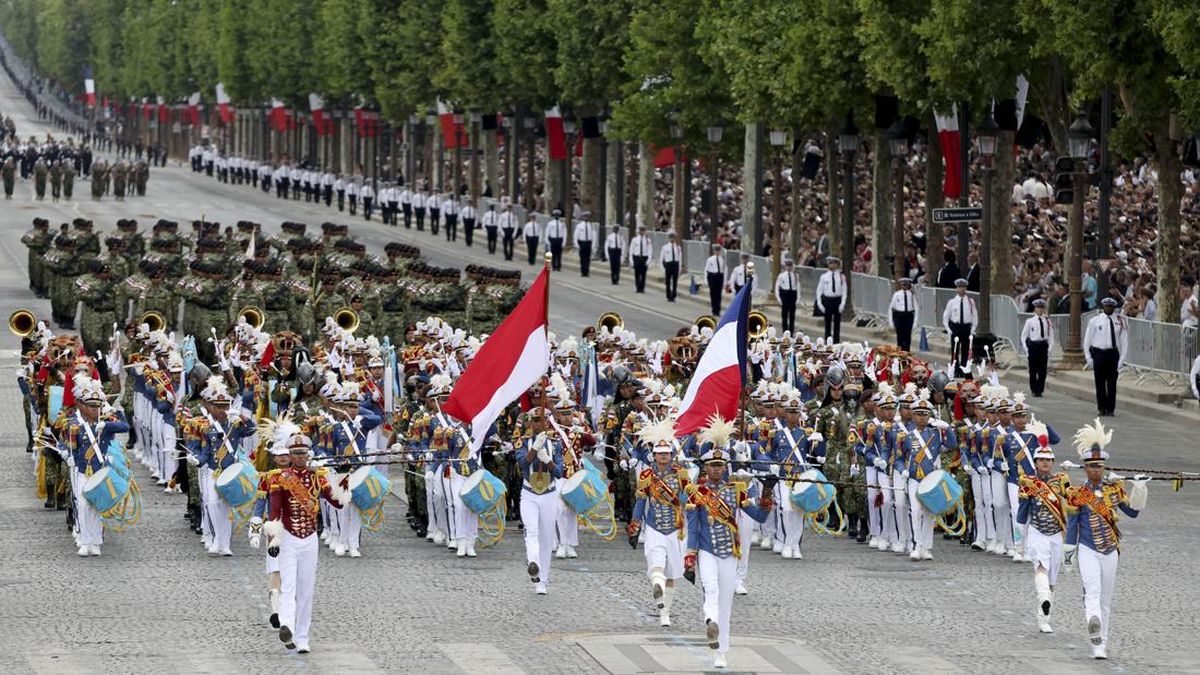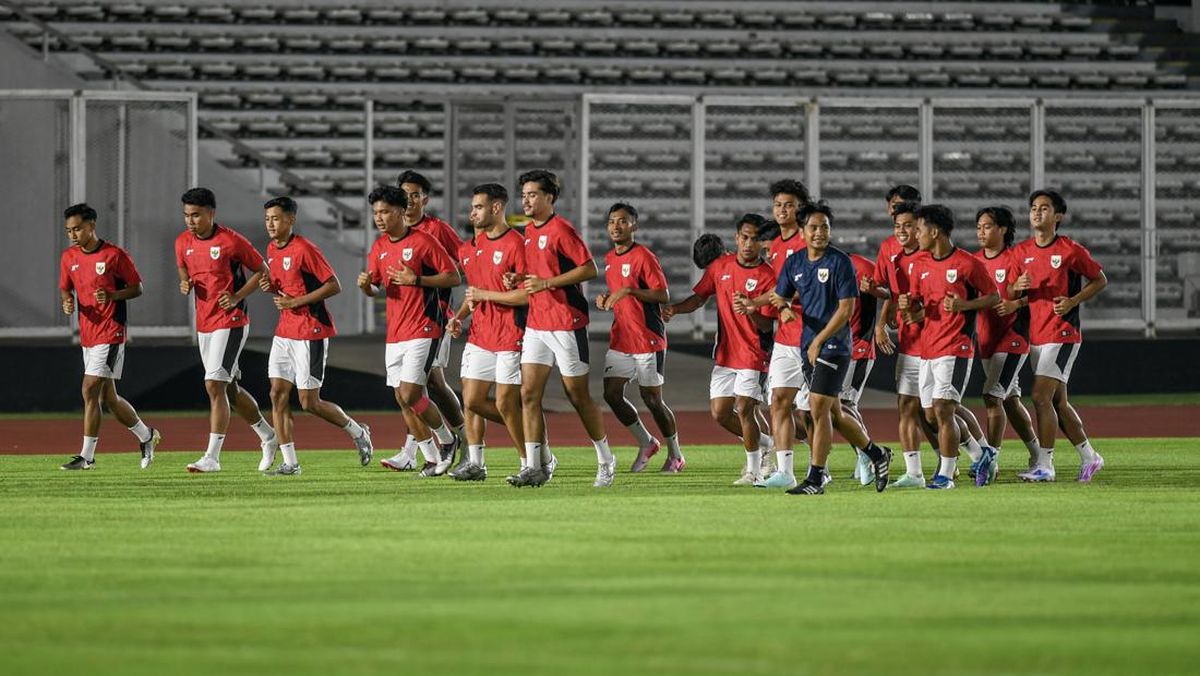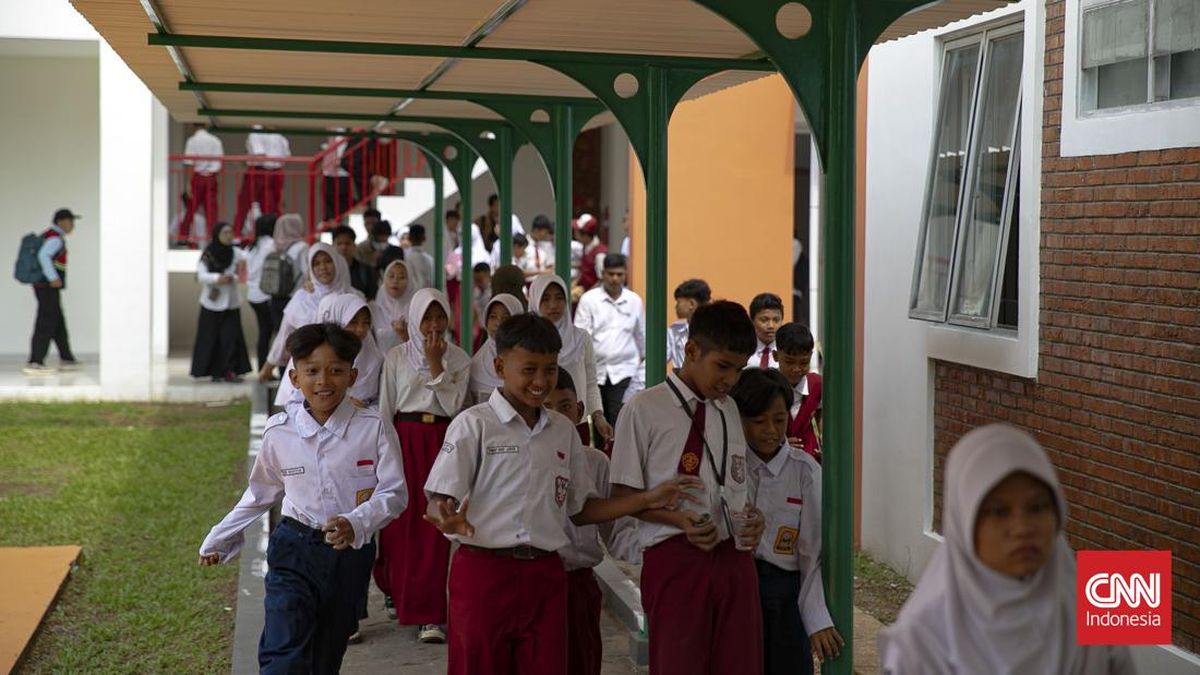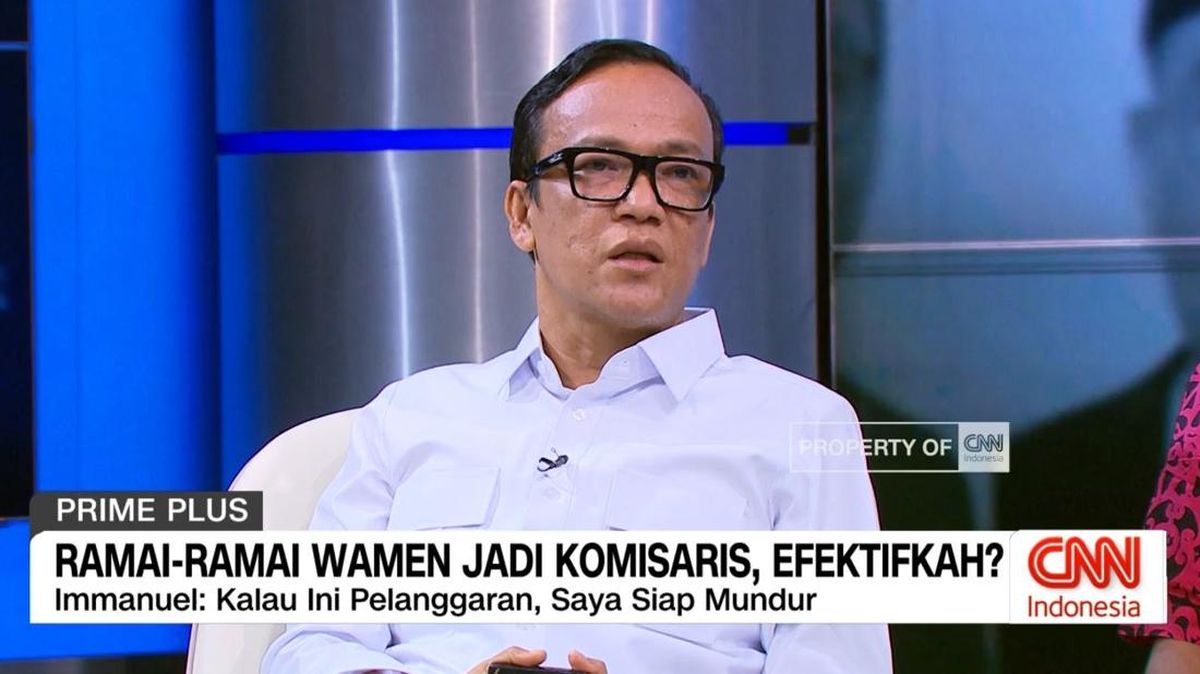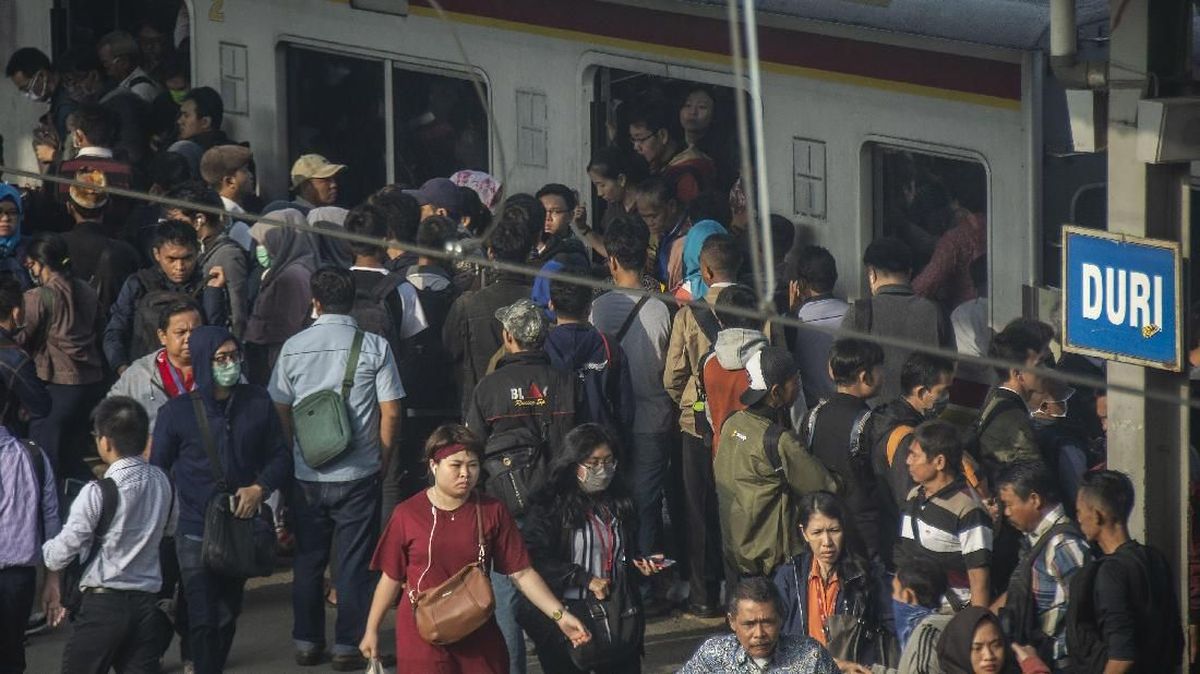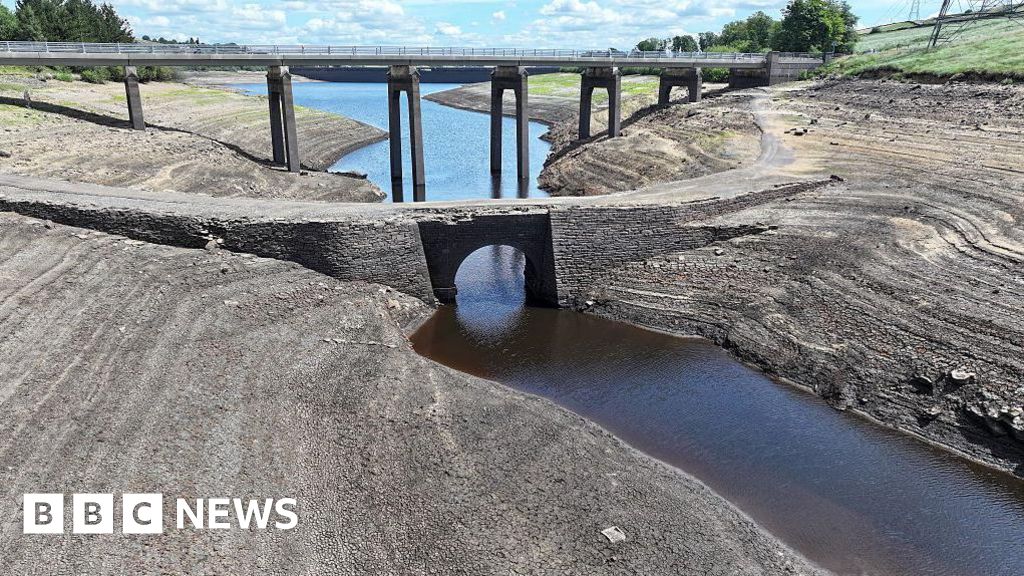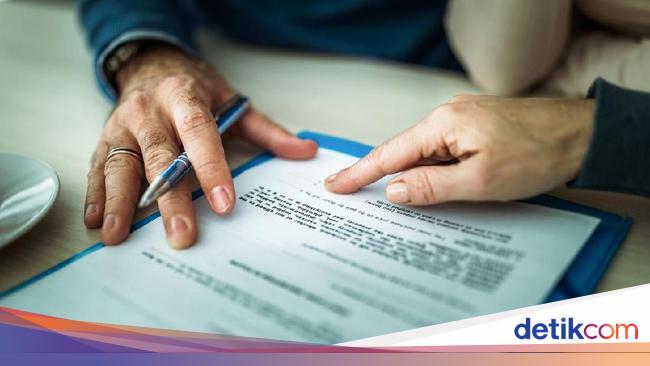If you were to supply the entire world with all its electricity needs from Australian solar panels and nothing else, how much of our continent would need to be covered in solar panels?
We know that Australia has a lot of sun, but when Henrik Stiesdal poses this question and you think of all the megafactories in China, all the cities in India, all the data centres in America, all the office blocks in Japan and all the trains in Europe, it seems a big ask. One hundred per cent? Fifty?

Illustration by Dionne Gain
The answer is 2 per cent. “It just shows how abundant the resource is,” says Stiesdal, a pioneer in Denmark’s renewable energy sector and the designer of the wind turbine that has become the European standard.
“Australia has just about the most fantastic resources in the world for solar and wind – I can’t see anywhere else in the world with such potential. Of course, you have some problems – some groups who don’t like renewables.”
True. But the federal election dispensed with the Coalition’s nuclear fantasy. So Australia has a few clear years to take advantage of the vast economic potential embodied in its energy resources.
Of course, Australia won’t be supplying the entire planet’s electricity. You can transmit electricity to other countries through an undersea link – that’s exactly what the SunCable project is working to do, to send sunshine from the Northern Territory to supply some 15 per cent of Singapore’s power needs. But it’s not feasible to run power cables all the way to Europe or North America.
Loading
However, not all energy travels in the form of electrons. Australian energy can be exported in the form of green metals – metals made here using Australia’s abundant, cheap renewable energy. And it was, specifically, Australia’s potential to make green iron that starred on Monday in Anthony Albanese’s trip to China.
The prime minister presided over a meeting of Australia’s four major iron ore companies and their biggest customers, China’s steel makers. The point was to explore Australia’s potential to sell China not just rocks out of the ground but a processed product. Green iron. Which would be worth two or three times as much as bare rocks.
“I am a bit naughty,” says Stiesdal, whose renewable energy company, named after him, does business internationally including in Australia. “Because I sometimes say that Australia behaves like a developing country. It sells raw products and buys them back as finished goods. You now have a chance to become more like a developed country.”
Albanese’s meeting in Shanghai represents this chance. The eminent economist Ross Garnaut puts it into perspective: “This trip is as important as Bob Hawke’s trip to China in 1984 that set up the iron ore trade,” which went from a trickle to become Australia’s single biggest export, worth $116 billion in the financial year just ended. “It’s the future of the Australian economy.” Garnaut was Hawke’s economic adviser at the time.

Donald Trump’s tariffs on Australian exports are “as a pimple on the bum of the iron ore trade,” according to Ross Garnaut. Credit: Jamie Brown
The high drama of Donald Trump’s tariffs on Australian exports are “as a pimple on the bum of the iron ore trade,” Garnaut says. Trump’s tariffs are high-risk but for another reason beyond Australia’s direct trade with the US – they threaten to destabilise the world economy.
Bob Hawke’s 1984 trip was important for China, too. The high-quality Australian grades of ore, replacing China’s low grade domestic ore, were the feedstock that allowed China to become the world’s dominant steel maker.
Today, China stands at a similar threshold. Beijing has decided that it will achieve net zero by 2060. The other big customers for Australian ore – Japan, South Korea and Taiwan – have their own deadlines. “They all know,” says Garnaut, “that they have to get to green iron pretty quickly, or they won’t get to net zero in time.”
Loading
So why not make their own green iron? Because they don’t have enough renewable energy of their own to achieve decarbonisation, and the cheapest and most feasible way of decarbonising their metals is to have it done in Australia. In China’s case, the unfolding prospect is to import green iron from Australia, and then process it into green steel in China.
“There’s not a snowflake’s chance in hell that China won’t send its cities green and its skies blue,” Fortescue Metals’ founder, Andrew “Twiggy” Forrest, who’s travelling with Albanese this week, said recently. “They are determined. And that means that its fuel industry has to go green now,” Forrest told The Australian.
“And that’s when I became really clearly determined – we’ve got to get a green metal industry off the ground in Australia. We’ve got to break through the cynicism.” Garnaut agrees: “In a zero carbon world, we have to get beyond Hawke’s 1984 breakthrough. Today shows that the necessary support is there from China.” Fortescue has pledged to produce green iron in Australia. BHP, Rio and Hancock will now have to decide whether they will do the same.
Because it’s not just a matter of the bright prospect of Australia selling value-added iron ore, in the form of green iron, to China. It’s whether Australia can keep its existing iron ore business: “We will lose the trade if we can’t export the iron as metal,” warns Garnaut.
Beyond the Australian economy, the stakes are high for planetary conditions, too, according to Garnaut, author of the Garnaut Climate Change Review: “This will determine whether the world will deal with climate change and whether it can achieve net zero greenhouse emissions.”
And Australia has so much cheap renewable energy that it could supply China with its green iron needs by devoting just half of 1 per cent of its surface area to solar panels, and another half a per cent to wind turbines, according to a paper by The Superpower Institute, which was co-founded by Garnaut. And, by replacing conventional iron smelting in China with renewables smelting in Australia, we’d cut total global carbon emissions by 4 per cent, according to the institute.
This is why, 10 years ago, Garnaut seized on the vision of Australia’s low-carbon “superpower” opportunity. Today it’s considerably closer than it was a week ago.
Peter Hartcher is international editor.
Most Viewed in Politics
Loading


